The development of undress apps has been both rapid and controversial. From the initial release of DeepNude, which shocked the public, to today’s modern AI-driven apps, the technology has progressed significantly. While these apps have become more advanced, concerns over privacy, consent, and ethical usage remain critical topics in the conversation surrounding undress AI apps.
The Beginning: DeepNude and Its Impact
DeepNude, launched in 2019, was one of the first widely recognized undress apps. It worked by using deep learning algorithms to remove clothing from images of women, producing photorealistic results. While it was quickly pulled from the market due to backlash, the app demonstrated just how powerful AI could be when misapplied. The emergence of DeepNude opened the door for more apps to be developed, with an increasing focus on refining the underlying technology.

The app’s impact was both technical and social. On the technical side, it showcased the potential of AI-based image manipulation, particularly the power of GANs (Generative Adversarial Networks). Socially, it raised alarms about how these tools could be used to violate privacy and create non-consensual explicit content. This marked the beginning of a larger debate on the ethical boundaries of AI technology.
The Rise of Modern AI Solutions
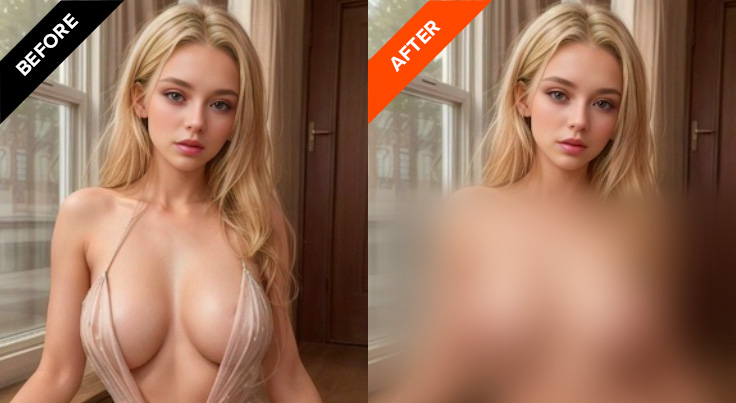
Since the fall of DeepNude, there has been an explosion of new, more sophisticated AI-powered undress apps. These modern apps offer better accuracy, faster processing, and a wider range of features. Many of them are accessible via mobile devices, and some even offer cloud-based solutions, allowing for processing-heavy tasks to be handled off-device. This increased accessibility has made these tools more widely available, but it has also increased the risk of misuse.
Key Features of Modern AI Undress Apps
- Improved accuracy through the use of advanced neural networks.
- Cross-platform availability with apps available on both desktop and mobile.
- Integration with other media platforms, allowing for quick and easy sharing of manipulated images.
- Most apps now have subscription models that offer advanced features beyond free versions.
Today’s undress apps have evolved not just in terms of technology but also in their marketing and distribution. Many are advertised as “free,” but often include paid options to unlock the app’s full potential. These modern apps also tend to emphasize their use of AI, promising more realistic results with less effort from the user.
A Comparison of Early and Modern Undress Apps
| Feature | DeepNude (2019) | Modern AI Apps (2024) |
|---|---|---|
| Technology | Basic GANs | Advanced deep learning models, often with cloud-based processing |
| Platforms | Desktop-only | Available on desktop, mobile, and web-based platforms |
| Free Version | None | Available, but limited functionality |
| Privacy Concerns | High | Still high, but some apps offer minimal safeguards |
Privacy and Ethical Concerns
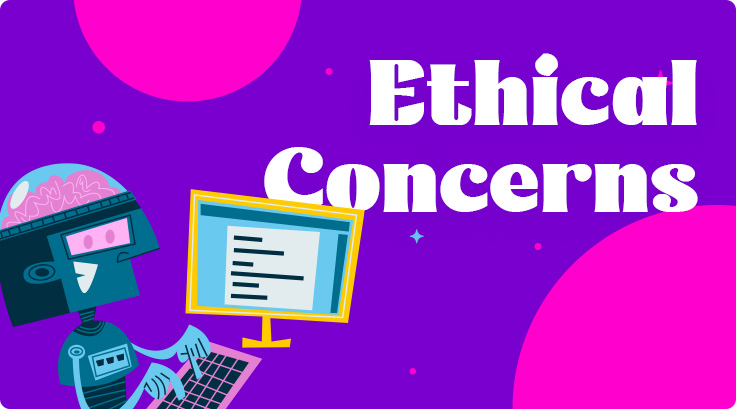
Despite the advancements in AI, the ethical concerns surrounding undress apps remain. Privacy violations are a significant issue when it comes to these tools, as they can easily be misused to generate non-consensual explicit images. While some modern apps claim to have implemented safeguards, such as watermarks or restricted sharing options, the effectiveness of these measures is questionable.
In many jurisdictions, laws are being introduced or updated to address the rise of AI-generated content. However, the enforcement of these laws remains a challenge due to the rapid pace of technological change. The debate continues as to whether undress apps should be regulated more strictly, or even banned altogether.
Legal Consequences
As of 2024, using these apps to create non-consensual images can lead to significant legal repercussions in many countries. However, the creators of these apps often claim they are for entertainment purposes, leaving the responsibility of misuse on the users themselves. This blurred line of accountability continues to fuel discussions on how such tools should be handled in the future.
PROs & CONs of Modern Undress Apps
PROs
- Highly advanced AI models produce photorealistic results.
- User-friendly interfaces across multiple devices.
- Many apps offer free versions with trial options.
CONs
- Serious privacy risks and potential legal consequences.
- Most free versions are limited in functionality, requiring payments for full features.
- Ethical concerns over misuse for non-consensual image creation.
Common Questions
Are undress apps legal?
In many countries, using undress apps for non-consensual purposes is illegal. You should check your local laws before using such apps.
How are modern AI undress apps different from DeepNude?
Modern apps use more sophisticated AI models, offer cross-platform support, and often come with subscription-based features that were not available in DeepNude.
Are there any undress apps that are truly free?
While some apps are advertised as free, they often have limitations or require payments for full functionality.
What are the risks of using undress apps?
Using these apps can lead to privacy violations, legal issues, and the risk of creating non-consensual explicit content.
Conclusion
From the early days of DeepNude to the cutting-edge modern AI solutions, the evolution of undress apps has been dramatic. While the technology has improved, so have the potential risks. Today’s apps offer more realistic results, easier access, and more features, but they also pose significant ethical challenges. As these tools continue to evolve, so too will the conversations around their use and regulation.
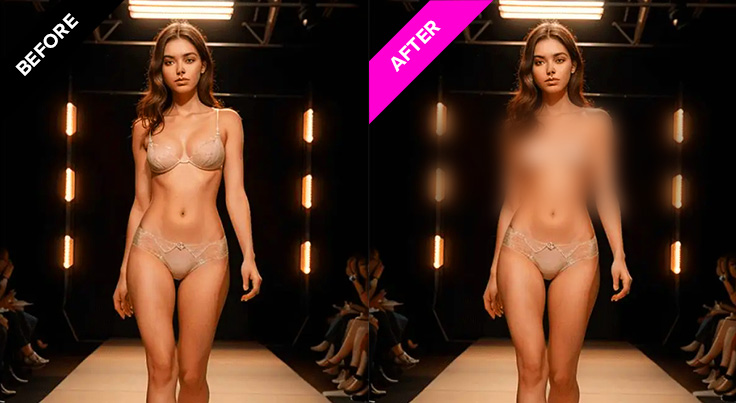
As we look to the future, it’s clear that the role of undress apps in society will remain a topic of debate. Users, developers, and lawmakers alike will need to navigate the balance between technological advancement and the protection of privacy and consent.



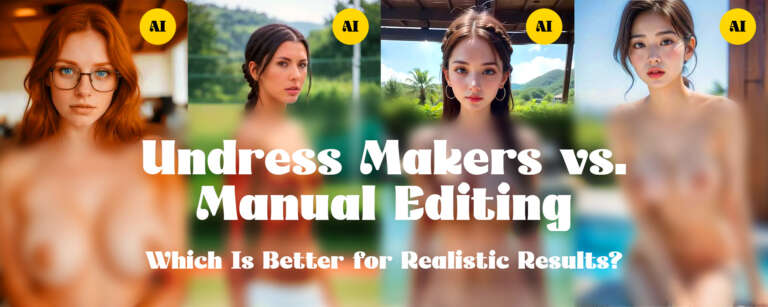

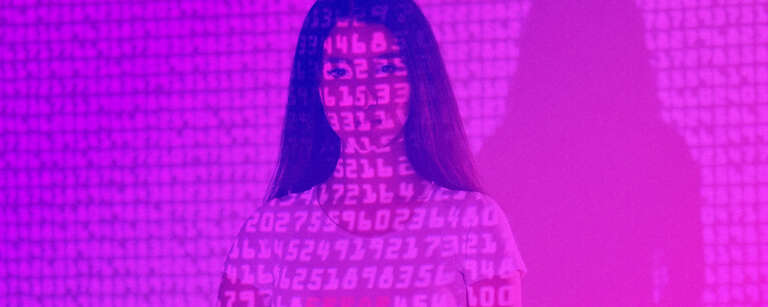

Leave a Comment